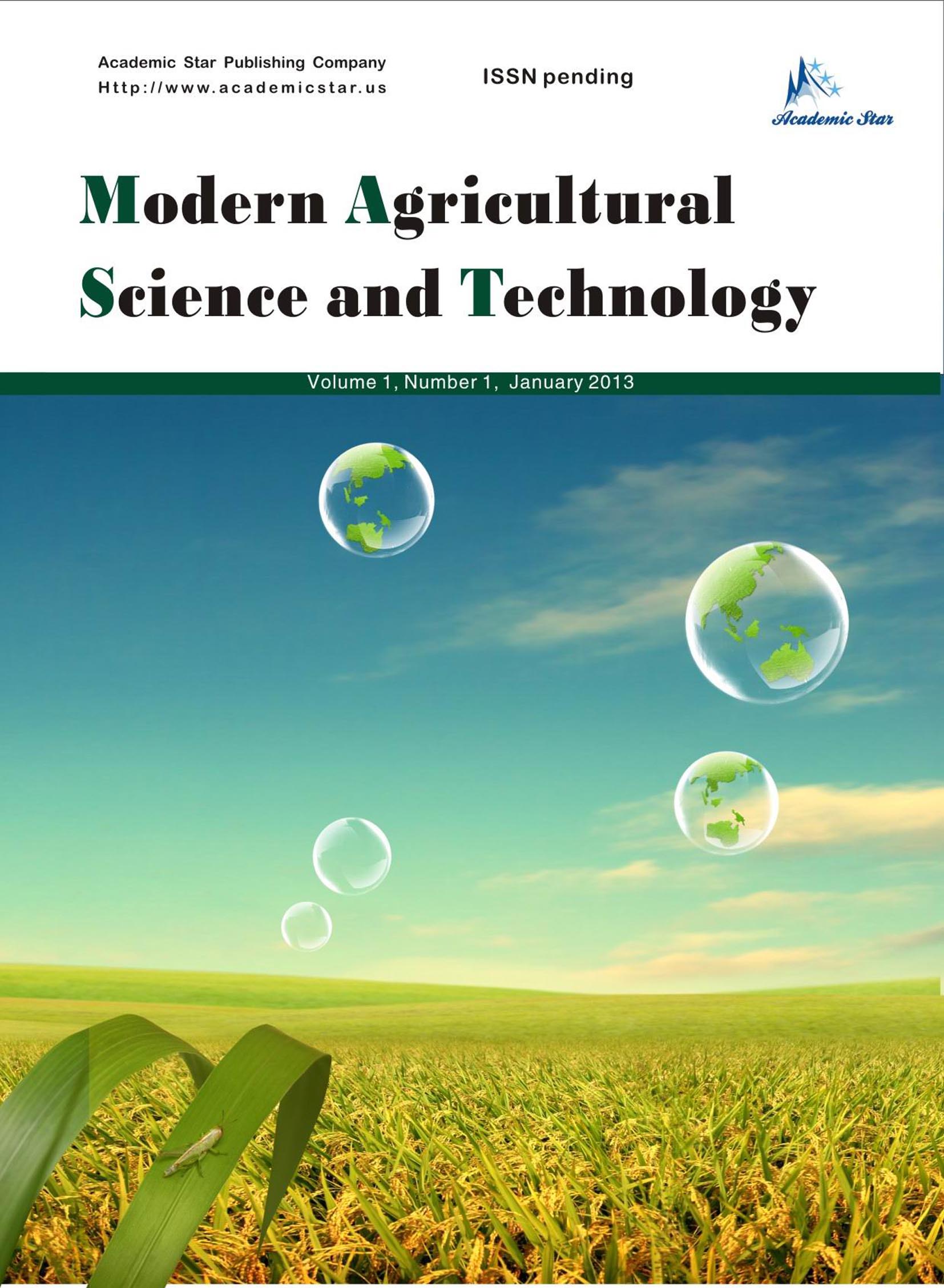Technology and Engineering

- ISSN: 2375-9402
- Modern Agricultural Science and Technology
Dry Ice and Liquefied Biomethane — Two Products from Biogas for an Energetic and Economical Upgrading of Biogas Plants
Korbinian Nachtmann1, Josef Hofmann1, Johannes Paetzold1, Sebastian Baum2, Carmen Marín Pérez2, Oliver Falk2 and Heinz Bernhardt3
1. Technology Centre Energy, University of Applied Sciences Landshut, Germany
2. University of Applied SciencesWeihenstephan-Triesdorf, Germany
3. TechnicalUniversity of Munich, Germany
Abstract: In the planned process biogas will be cleaned and subsequently transformed into liquid biomethane (LBM) and solid carbon dioxide (dry ice). Thus biogas is transformed in an energy rich storable and easily transportable energy carrier.
An important precondition for the process is an individually adapted gas cleaning system, which separates impurities (e.g., NH3, H2O, H2S etc.) from the biogas. Subsequently the pre-cleaned biogas (now consisting mainly of CO2 and CH4) is fed into the liquefaction unit. Core pieces of this system are two heat exchangers connected in series with operating temperatures of about 200 and 120 Kelvin. The first heat exchanger works as a precooler and might also be used as a back-up for freezing out impurities. Triggered by the deep temperatures reached in the second heat-exchanger, the CO2 flocculates. A purity of 99.9% CH4 in the liquid phase could be guaranteed, as only CH4 has its dew-point at the operating temperature of 111 Kelvin. The low pressure and the absence of toxic chemicals are further benefits of the specific process.
A high-quality cryogenic and liquid energy source arises by cutting off CO2 and by the liquefaction of CH4. This energy source has an upper heating value of 5.87 kWh/l at a temperature of 111 K (biogas: 0.0055 kWh/l at 300 K). By increasing the volumetric energy by the factor of 1000 (compared to biogas), transportation to highly efficient energy plants becomes reasonable.
Goals of the project are to proof the feasibility of a decentralized long-term storage of large energy amounts, to show alternative ways in using transformed biogas and an efficient usage of the energy content of the raw gas. Additional marketing possibilities of dry ice and LBM could ensure an economical operation outside the German EEG (Renewable energies act).
Key words: biogas, biomethane, liquid biomethane, carbon dioxide, dry ice, CO2 separation, renewable energy, upgrading, cryogenics, energy storage






